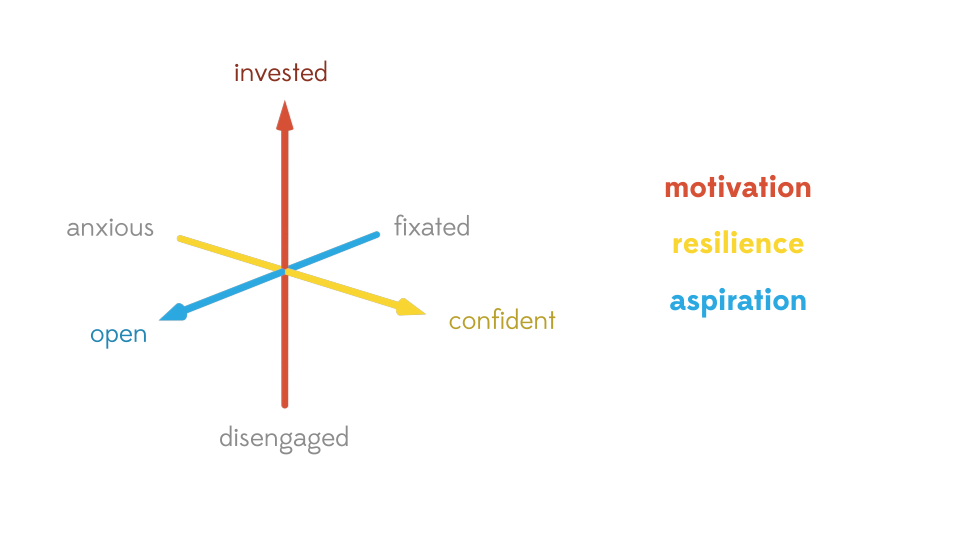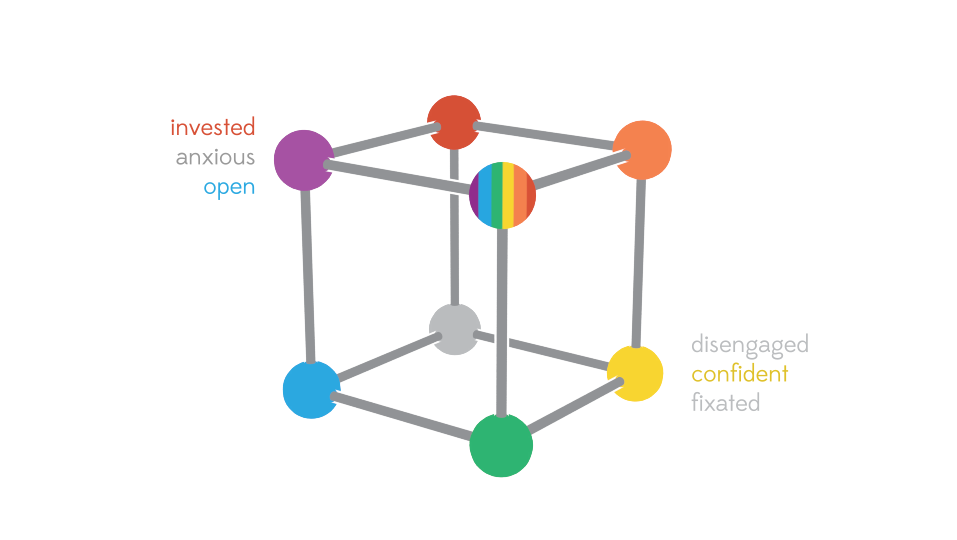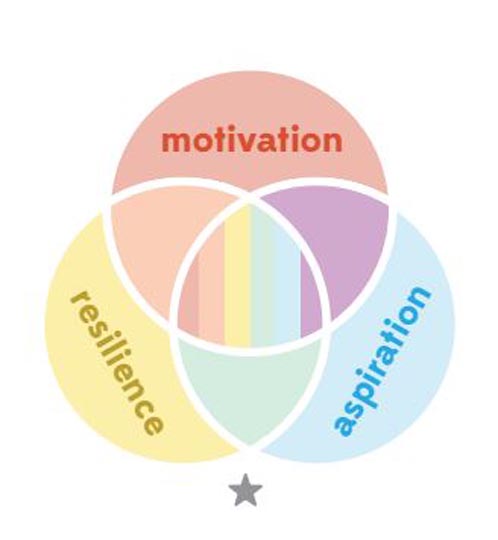Skip to content
The MAKESHOP was very interested in expanding the quality of its space so that not only would the children be able to learn, but so would the family that came with them. Older audiences were struggling to self-identify and function within the makerspace on the level of a “co-learner”. Additionally, it was found that the facilitation strategies that the Teaching Artists (who run and design the space) were using were focused helping only the child. In order to help the Teaching Artists create new facilitation strategies, they needed to know what qualities older audiences needed to function well within the MAKESHOP, and what they needed to be transformed into a co-learner.
A large portion of Aristeia’s time (10+ hours every week until mid-April) at the MAKESHOP was spent on observation. Through discussion and collaboration on notes, we have identified three qualities a person (learner) must have to function to the fullest capacity in this unique space. These qualities can apply to anyone, but have been found to be harder to bring out in audiences aged preteen and up.
In order to function within the MAKESHOP, a guest must have:
-
Motivation: a learner’s willingness/desire to engage in both the social and physical aspects of making.
-
Low motivation is termed “disengaged;” the highly motivated are “invested” in the maker community.
-
Resilience: a learner’s willingness to try new things, and to push past failure. It assumes that failures reflect learning, rather than a person’s value.
-
Low resilience is termed “anxious;” the highly resilient are “confident” in themselves and their learning.
-
Aspiration: reflects eagerness to learn in unexpected ways, rather than looking to standardized as the sole gauge of achievement, expertise, or insight.
-
Learners with low aspiration are “fixated” on such measure; high values signify a learner who is “open” to the value of unexpected or immeasurable insights
The team has modeled these three qualities into an axis graph shown below. This design decision was made to show both the negative and positive sides of each quality, as well as emphasize that a learner can move up and down in relation to just how much motivated, resilient, and aspirational, they are. Proper facilitation strategies leveraging the strengths of the learners will help to move them towards the positive side of the axis.
Below is a cube and a venn diagram to serve as more detailed versions of the above axis model. We have applied color theory to the three qualities we listed above and showed where learners were in relation to each other in their qualities.
Red for Motivation
Yellow for Resilience
Blue for Aspiration

 For example, a learner could score highly in resilience but score low in motivation or aspiration. This learner would be on the Yellow node. On the other hand, a learner could be very motivated and aspirated. Red + Blue = Purple, thus the learner would be on the Purple node.
For example, a learner could score highly in resilience but score low in motivation or aspiration. This learner would be on the Yellow node. On the other hand, a learner could be very motivated and aspirated. Red + Blue = Purple, thus the learner would be on the Purple node.
These nodes are connected to show that a learner with the right facilitation strategies can move towards the Rainbow node, where they posses all three qualities need to function in a makerspace. We added a Grey node, to represent those who come into the space without any of our three qualities and thus would provide an even greater challenge.
Please note that you do not need to understand all of these models to get the theory behind them. If you understand one, you essentially understand them all.
Aristeia is currently discussing writing an official paper documenting our theory. For more info, please use the contact form located in the bottom header.
If you’d like to learn more about the surveys designed for interpretation of the statistical analysis, that page is coming soon.
If you’d like to learn more about the statistical analysis used to validate our theory, click here.



